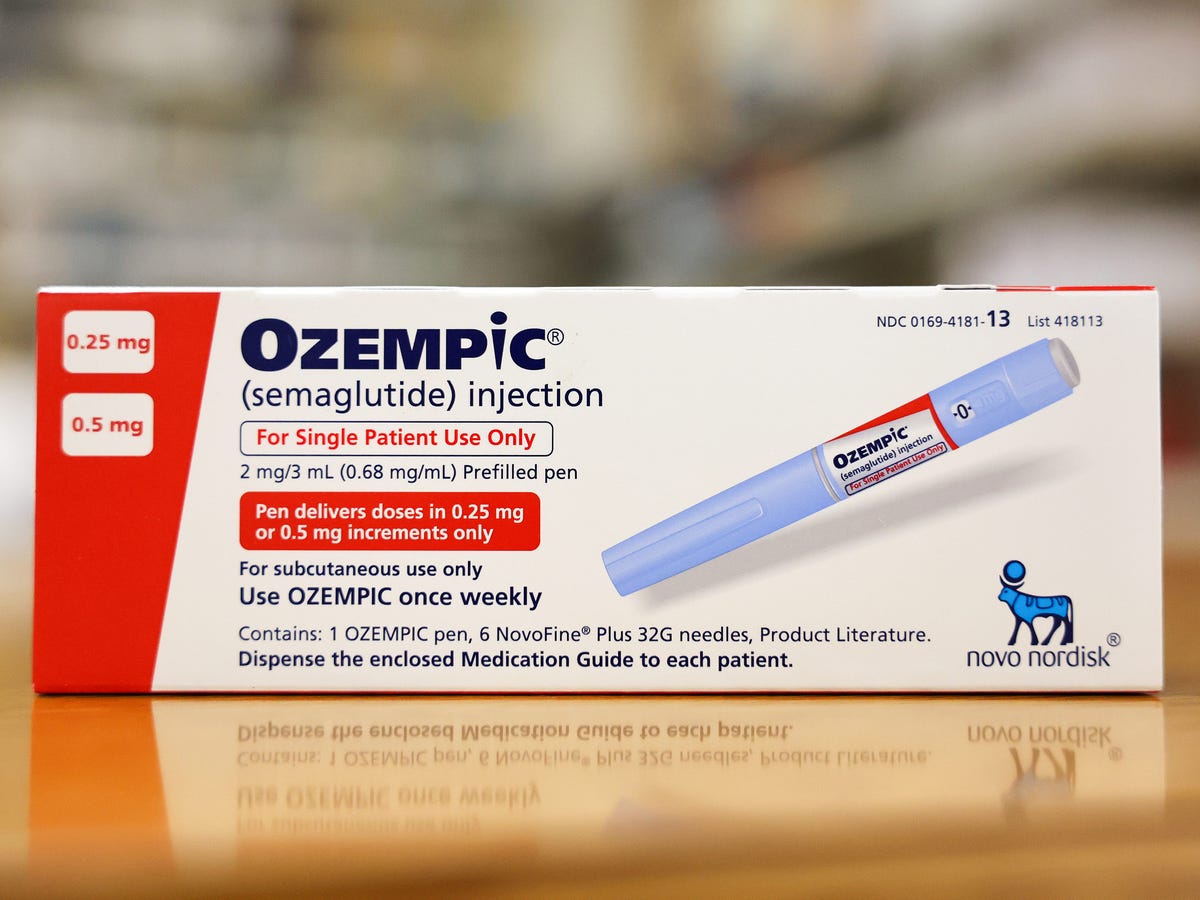- The U.S. economy could see a boom in growth as more people start using GLP-1 weight loss drugs.
- Goldman Sachs predicted that US GDP could increase by 1% if 60 million Americans took a GLP-1 drug.
- Goldman Sachs also said that “poor health has significant economic costs.”
The more people who use GLP-1 weight-loss drugs, the faster the U.S. economy could grow, a Goldman Sachs analyst said in a note last month.
U.S. GDP could grow an additional 1% if 60 million Americans were taking GLP-1 drugs by 2028, wrote Jan Hatzius, chief economist at Goldman Sachs.
Hatzius said health-related problems prevent people from participating in the labor market and hinder economic growth. Obesity increases the risk of serious health problems, including heart attacks, strokes and diabetes.
“Combining current losses in hours worked and labor force participation due to illness and disability, premature deaths, and informal care, we estimate that GDP would potentially be more than 10% higher if poor health outcomes were not limiting labor supply in the U.S. ,” said Hatzius. .
Thus, drugs that have shown promise in improving a range of health outcomes for patients can have a significant impact on the broader economy.
“The main reason we see meaningful benefits from healthcare innovation is that poor health has significant economic costs. There are several channels through which poor health weighs on economic activity, which could decline as health outcomes improve,” Hatzius said.
GLP-1 drugs from Novo Nordisk and Eli Lilly and Company are sold under the brand names Ozempic and Mounjaro to treat type 2 diabetes, and under the names Wegovy and Zepbound to treat obesity.
Sales of the drugs have skyrocketed, with some users seeing dramatic weight loss of up to 20%. A study published in August found that patients who used Wegovy for weight loss reduced their risk of heart attacks, strokes and cardiovascular death by 20%.
And with the U.S. obesity rate hovering around 40%, tens of millions of Americans could be prescribed GLP-1 drugs in the coming years, but how many will depend on the outcome of clinical trials of these drugs and whether health insurers will do so. cover them.
“If GLP-1 use ultimately increases by this amount and results in lower obesity rates, we see room for significant spillover effects to the broader economy,” Hatzius said.
One spillover effect could be an increase in productivity, Hatzius said, citing academic studies showing that obese people are less likely to work and are less productive at work.
“These estimates therefore suggest that obesity-related health complications subtract more than 3% of per capita output, implying an impact of more than 1% on total output when combined with the incidence of obesity among the US population of more than 40%,” Hatzius said.
And if there are more productivity gains through better health outcomes, the impact on GDP growth above the current trend could be between 0.6% and 3.2%.
“Historically, advances in healthcare have reduced the number of years of life lost to disease and disability in developed economies by 10% per decade, and we estimate that a ten-year step in healthcare progress , which goes beyond current trends, could raise the level of American health care. Gross domestic product (GDP) by 1%, Hatzius said.
Goldman Sachs
This story was originally published in March 2024.






